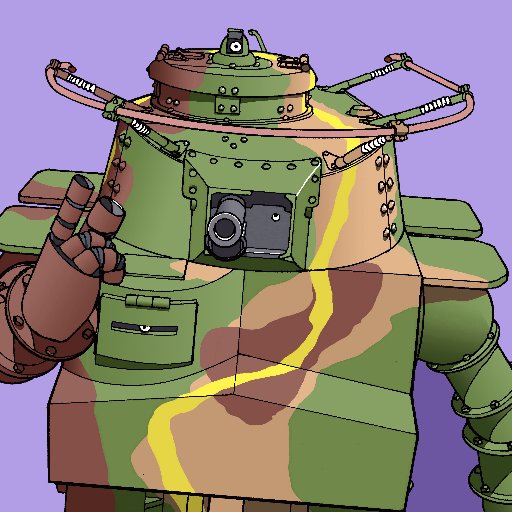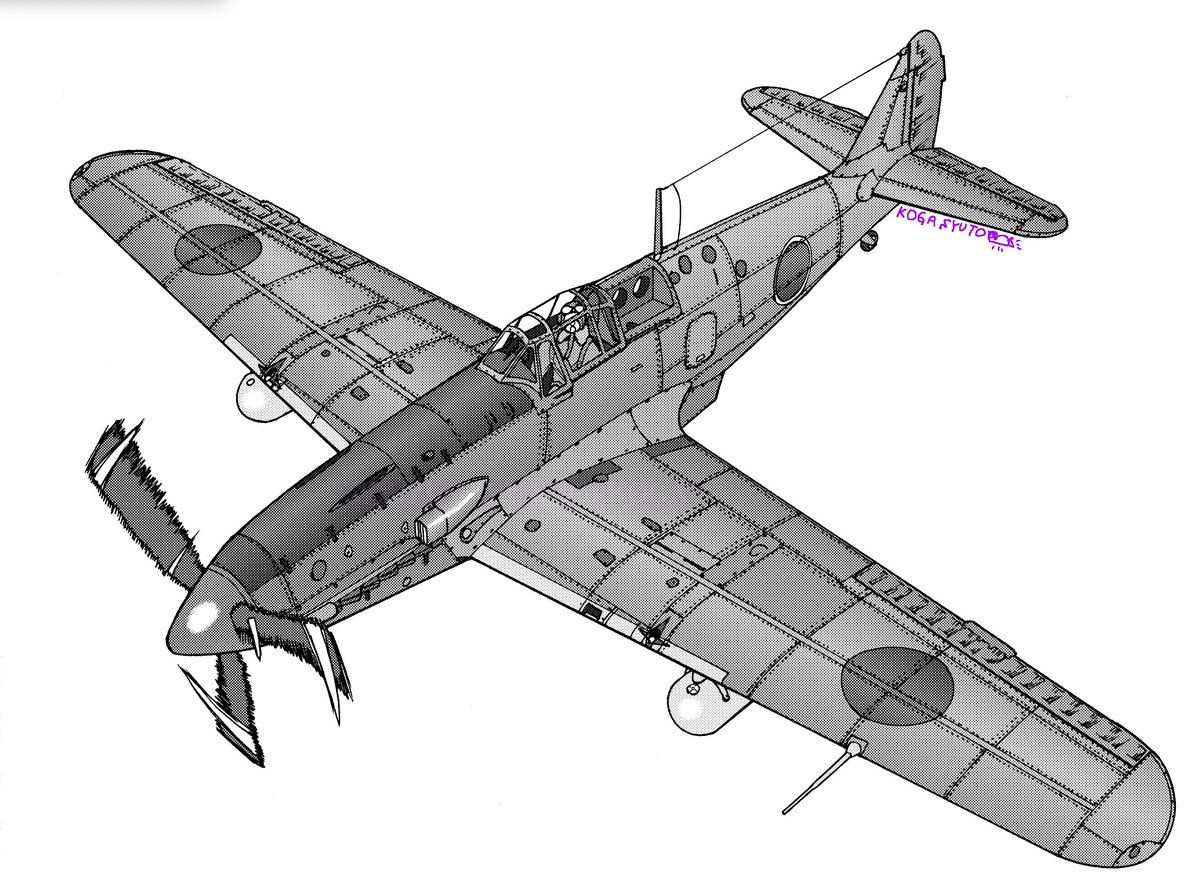感冒はパターン化しているが、作画に関しては思いつくままで描いている。全体から描くときと細部を集中して描き広げるなど、その日の気分だ。パターン化しないから遅いのだろうか。今、描画中のを途中経過で記録してみる。『何』の『何』かは記さないけど、まあ他と平行しているので進みは遅いが。
Ki54 Issiki-Sohatu-Koutou-Rensyuki “Hickory” IJA Work Practice Aircraft
Originally built as a training plane, it was used for transportation, liaison, and patrol duties thanks to its ample payload and highly reliable engines.
J1N1-S “Irving” Ge-Kko, IJN night fighter
Although modified and slow, it was very active in the early days, shooting down B-17s. After that, it took time to develop a successor, and the Imperial Japanese Navy never had a night fighter that was more effective than the J1N...
Ki-61 Hi-En “Tony” IJA Fighter
employs a water-cooled engine, which is rare in Japan. This was the reason why the operating rate was very poor. However, its flight performance was good.
Ki-Kka/Shi-Sei-Ki-Kka-Kai IJN Special Attack Plane
The “Ne 20” jet-engine twin-engine aircraft.
Similar to the Luftwaffe Me262, but uniquely Japanese in design. As compared to the pilot, it is a very small aircraft.
J8M Syu-Sui IJN interceptor
A rocket-powered fighter modeled after the Luftwaffe's Me163B.
They really wanted to copy the Me163B, but the actual Me163B never reached Japan, and many of the J8Ms were
J2M “Jack” Rai-den, IJN interceptor
The large engine and the new propeller were incompatible, causing serious vibration, and the eradication of this problem took an enormous amount of time, resulting in a significant delay in its adoption...
K11W “Shira-Giku” IJN Work practice plane
Aircraft used for practicing navigation, communications, and horizontal bombing sighting.
It was also used as a light liaison aircraft because of its low speed, low malfunction rate, and versatility....
G4M “Betty” Itishiki-Rikujyo-Kogekiki, IJN bomber
It was highly versatile, capable of carrying all the bombs operated by the Navy at the time. However, the selection of the defensive machine gun and its inadequate bulletproofing resulted in numerous casualties...
N1K1-J “George” Shi-den, IJN interceptor
A seaplane fighter reworked into a land-based aircraft. Although there were several major structural problems, the adoption was pushed through because of the need for a sturdy fighter...











